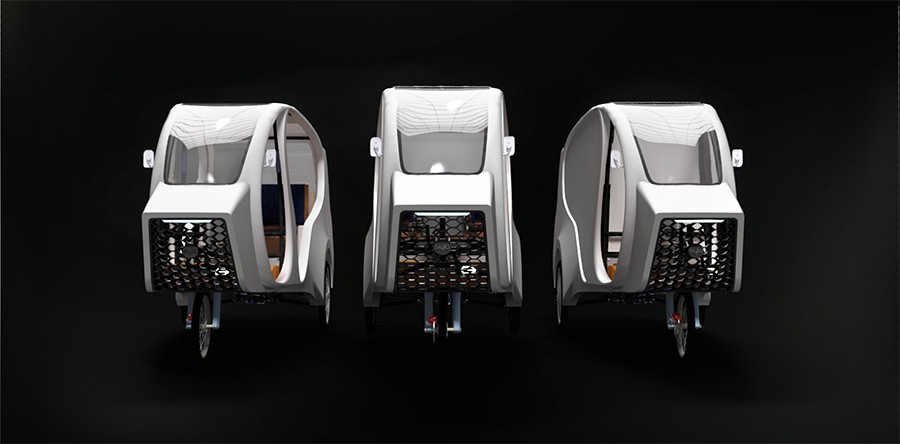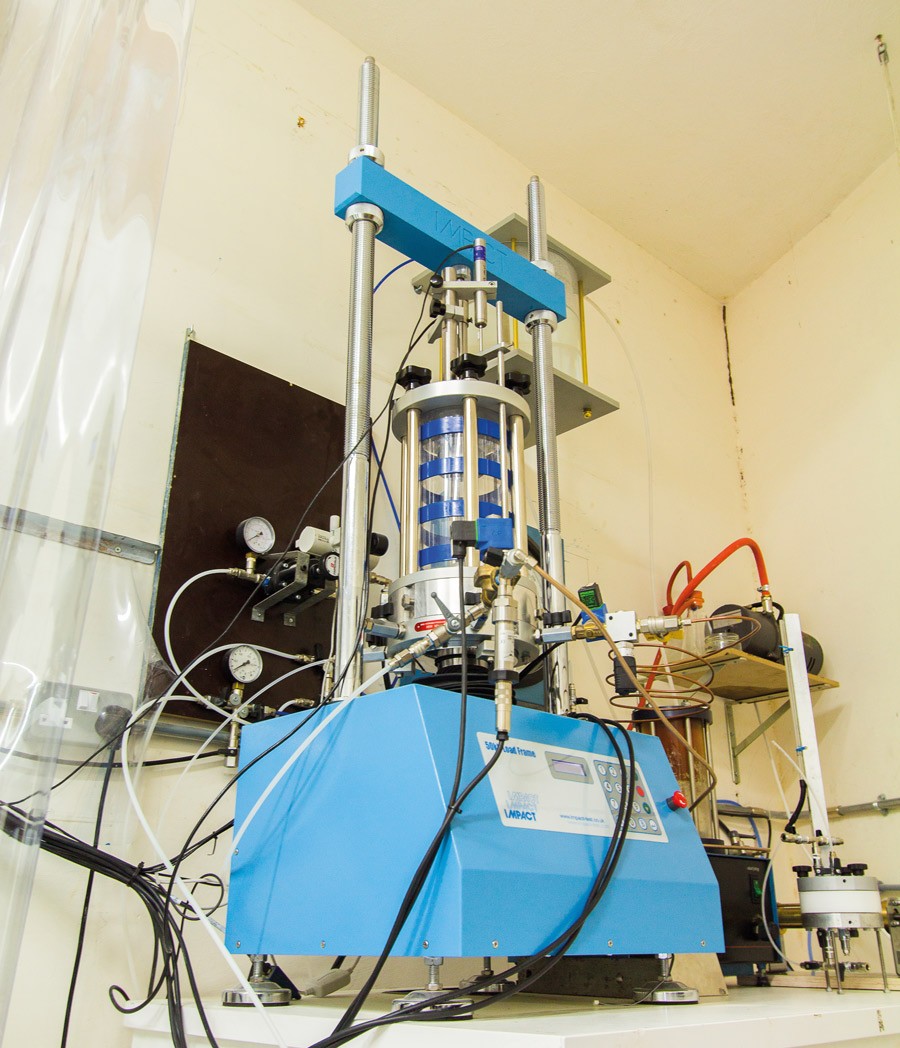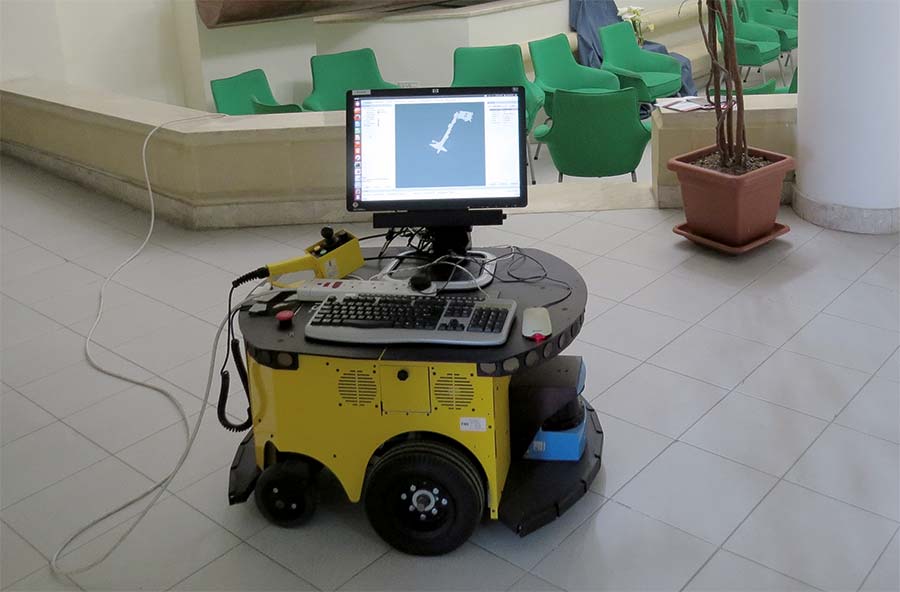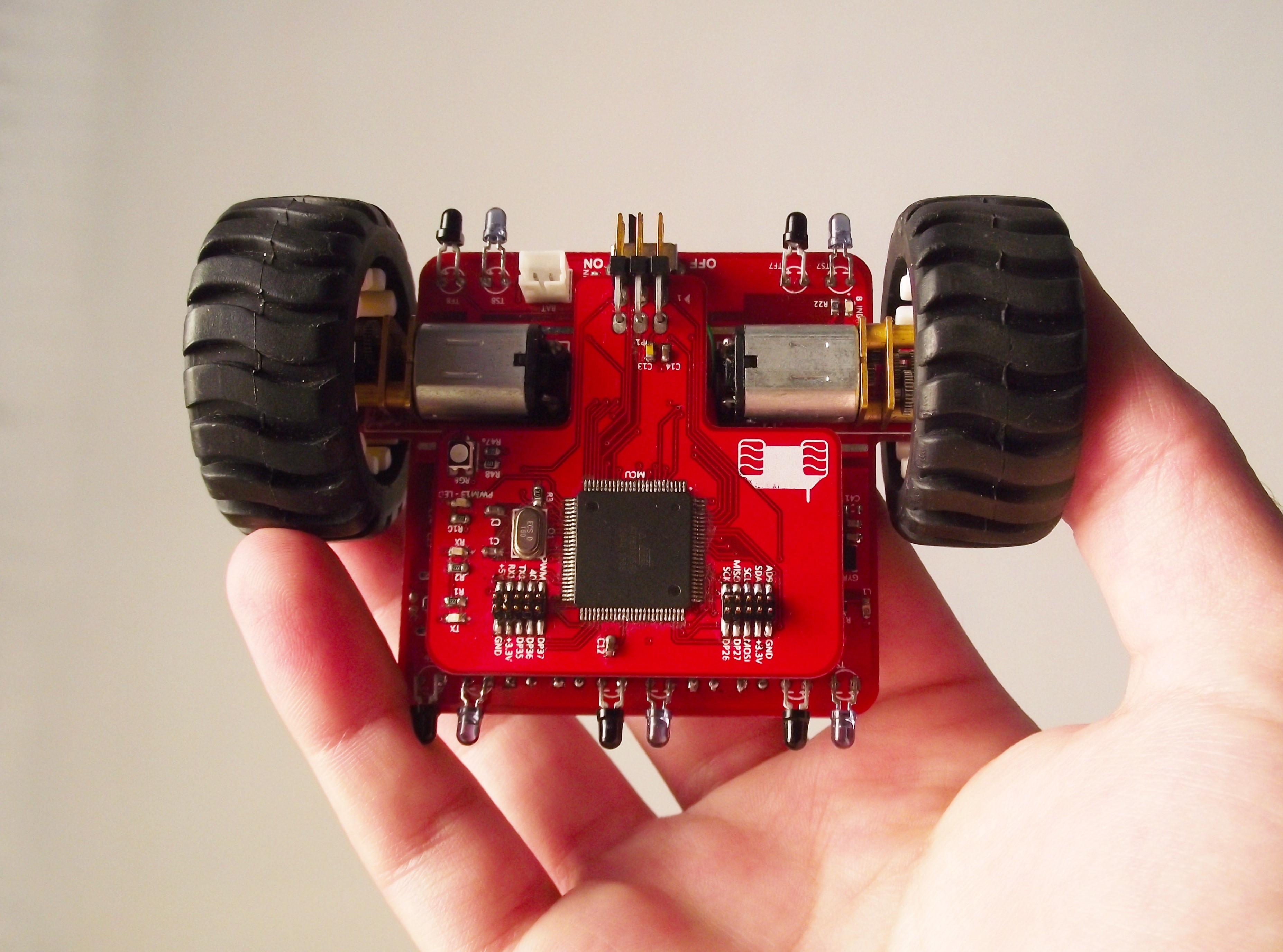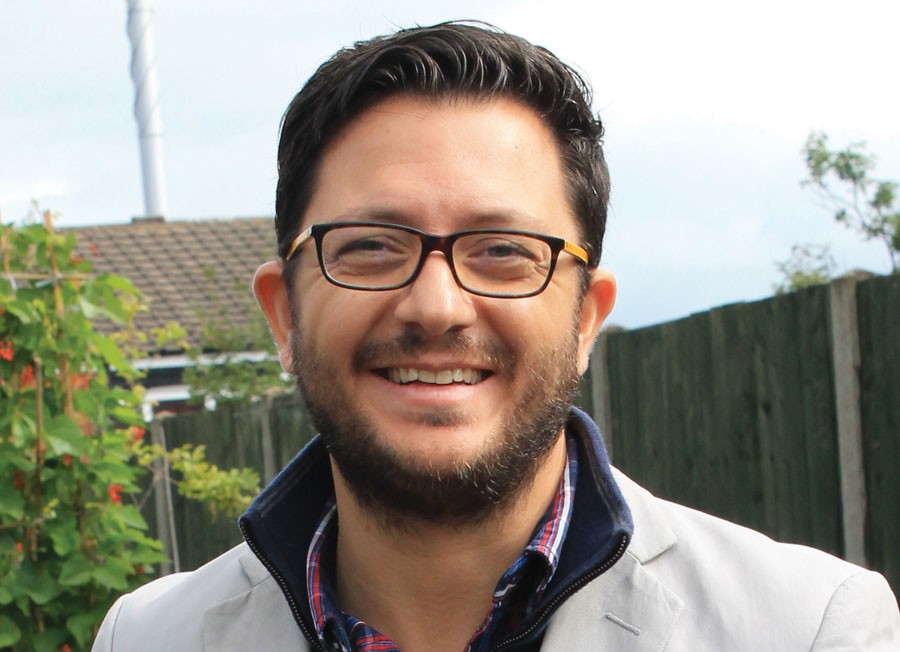Harnessing the power of the sun
Malta is not a resource rich country, but in the shift towards renewable energies, our sunshine is now coveted for more than just tanning. Hans-Joachim Sonntag talks to Prof. Luciano Mulè Stagno about his experience in improving solar panel materials and building a research facility from scratch.
Continue reading
Extreme heat for gears
Cars, motorcycles, machinery—gears are at the heart of them all. Dr Ing. Ann Zammit writes about challenges in producing and improving gears to make everything safer.
Continue reading
Sylo
Function, form, safety, and environment. SYLO is a family of hybrid cycle rickshaws that fulfils all four design pillars to deliver good performance and a smooth ride. SYLO is designed for short distances, catering to commuters and delivery services. What sets it apart from its counterparts is its mixed-propulsion technology, using both photovoltaic panels and pedal power. Adding to its ‘green’ points is the fact that recyclable plastics have been used for the body. This helped from an engineering perspective because it kept the vehicle light, allowing it to serve its function despite the difficult terrain it must operate in.
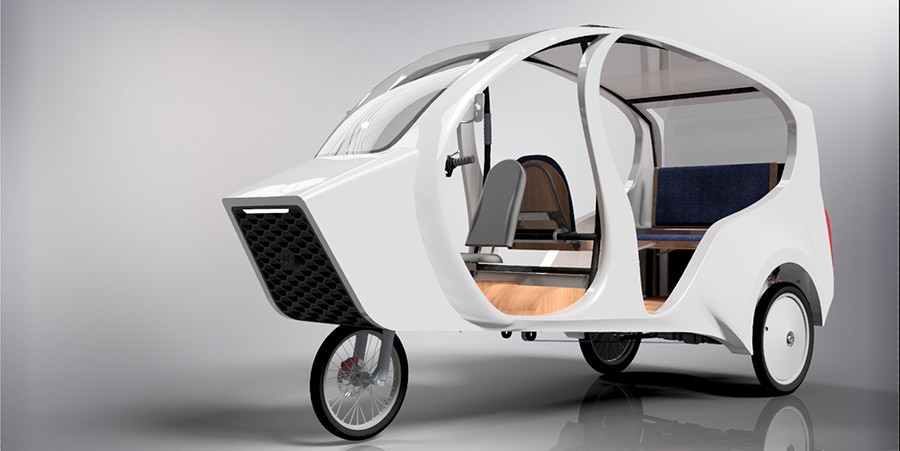
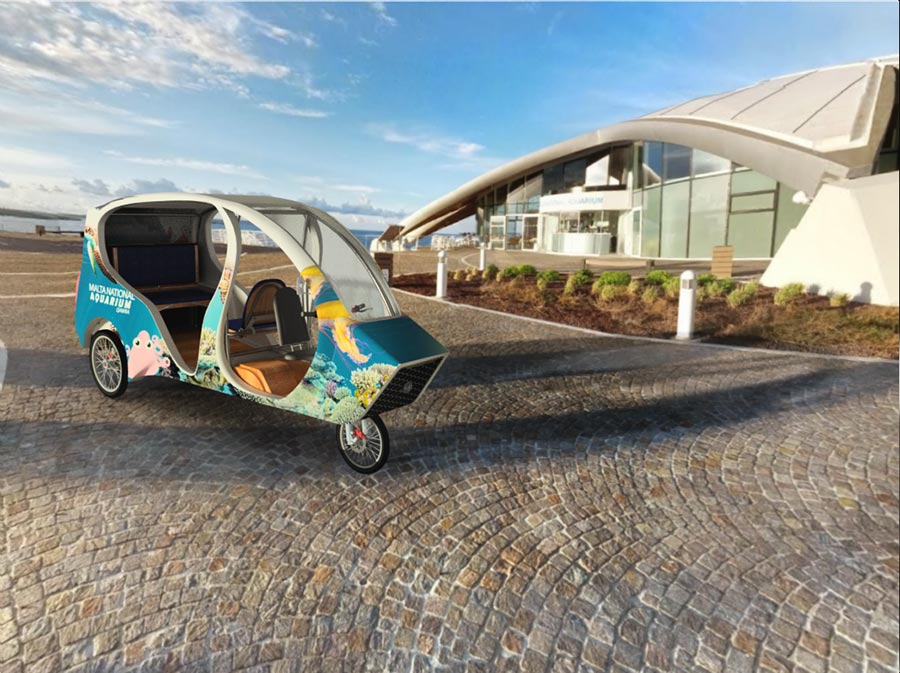
What sets it apart from its counterparts is its mixed-propulsion technology, using both photovoltaic panels and pedal power.
Form was an especially important factor in the design process. As the aim was to use this vehicle both within the historical context of the capital city, Valleta, and in cosmopolitan spaces such as Paceville and Bugibba, it was essential for the vehicle to complement its built environment, be it classical or contemporary. Towards this end, bold lines were used, making the vehicle look distinct without looking alien.
SYLO was the product of 10 mechanical engineering students supervised by academics from the Department of Industrial and Manufacturing Engineering, Faculty of Engineering, University of Malta as part of a third-year engineering design project.
Piled higher, dug deeper
Triaxial testing rigs are used the world over to experiment on ground materials such as soils, rock, or powders. At the University of Malta (UoM), one such rig started being assembled in 2014 using existing equipment at the Faculty for the Built Environment, modernised with the help of the Faculty of Engineering. The rig is now complete, with plans to test rocks typically found in Malta, simulating the stresses created by big excavations and tall towers, steep slopes and deep underground tunnels.
The laboratory is used to investigate the engineering characteristics of weak ground materials such as clay, silt, sand, and weak rock (turbazz in Maltese building terminology). Space and economic pressures are pushing local buildings deeper and taller without the knowledge of how the local rocks can sustain the pressures created. Architects and engineers, now more than ever, are being asked to design excavations and buildings in these weak materials. Abandoning a site for a stronger one is now no longer an option. In-depth understanding of how ground materials behave, therefore, becomes fundamental if dangerous consequences are to be avoided.
| Quick Specs |
|
The equipment is already being used to teach the next generation of architects and engineers. They now have the opportunity to experiment with the local ground materials. They can load them with imagined future buildings or unload them through simulated excavations, all the while observing the real-world effects.
The first real research effort is aimed at understanding what’s going on in Malta’s weak Globigerina limestone, which is currently loaded by heavy buildings. We need to be aware of their internal structure, the water within, how they crush and how long it takes. It’s likely to be a long story, but this is just the beginning.
Green Planes Safe Planes
Prof. Ing. David Zammit Mangion has been spearheading research in aviation at the University of Malta for two decades. With a focus on improving fuel burn, reducing emissions, and better flight management systems for pilots, the one overarching aim is safer air travel.
Robot see, robot maps
by Rachael N. Darmanin
The term ‘robot’ tends to conjure up images of well-known metal characters like C-3P0, R2-D2, and WALL-E. The robotics research boom has in the end enabled the introduction of real robots into our homes, workspaces, and recreational places. The pop culture icons we loved have now been replaced with the likes of robot vacuums such as the Roomba and home-automated systems for smoke detectors, or WIFI-enabled thermostats, such as the Nest. Nonetheless, building a fully autonomous mobile robot is still a momentous task. In order to purposefully travel around its environment, a mobile robot has to answer the questions ‘where am I?’, ‘where should I go next?’ and ‘how am I going to get there?’
Like humans, mobile robots must have some awareness of their surroundings in order to carry out tasks autonomously. A map comes in handy for humans. A robot could build the map itself while exploring an unknown environment—this is a process called Simultaneous Localisation and Mapping (SLAM). For the robot to decide which location to explore next, however, an exploration strategy would need to be devised, and the path planner would guide the robot to navigate to the next location, which increases the map’s size.

Rachael Darmanin (supervised by Dr Ing. Marvin Bugeja), used a software framework called Robot Operating System (ROS) to develop a robot system that can explore and map an unknown environment on its own. Darmanin used a differential-drive-wheeled mobile robot, dubbed PowerBot, equipped with a laser scanner (LIDAR) and wheel encoders. The algorithms responsible for localising the robot analyse the sensors’ data and construct the map. In her experiments, Darmanin implemented two different exploration strategies, the Nearest Frontier and the Next Best View, on the same system to map the Control Systems Engineering Laboratory. Each experiment ran for approximately two minutes until the robot finished its exploration and produced a map of its surroundings. This was then compared to a map of the environment to evaluate the robot’s mapping accuracy. The Next Best View approach generated the most accurate maps.
Mobile robots with autonomous exploration and mapping capabilities have massive relevance to society. They can aid hazardous exploration, like nuclear disasters, or access uncharted archaeological sites. They could also help in search and rescue operations where they would be used to navigate in disaster-stricken environments. For her doctorate, Darmanin is now looking into how multiple robots can work together to survey a large area—with a few other solutions in between.
This research was carried out as part of a Master of Science in Engineering, Faculty of Engineering, University of Malta. It was funded by the Master it! Scholarship Scheme (Malta). This scholarship is part-financed by the European Union European Social Fund (ESF) under Operational Programme II Cohesion Policy 2007–2013, Empowering People for More Jobs and a Better Quality Of Life.
Robots in the Classroom
Reuben Ferrante, a University of Malta Engineering graduate and founder of eeRoot, has developed a small robot called eeMod. eeMods are built from only two modules stacked on top of each other. The bottom module is a ‘sensor hub’ that can sense the environment around it. It does so through connections (wifi, bluetooth, USB, microSD card slot), several sensors (gyroscope, accelerometer, light sensors), and a bit more wizardry. The second module is the controller, or brain. Its programmable controller is entirely compatible with the Arduino platform—a standard used worldwide. A set of wheels let’s the eeMod zip around.
Because the robot’s brain is empty by default, it can be hooked up to a computer to upload data. eeMods understand complex instructions and can utilise their senses to act accordingly. Users can start programming by using a very simple Arduino compatible drag and drop interface, and later make the transition to writing their own code. Having all that technology in one sleek package is one of the their unique selling points. Although eeMods were originally designed to streamline the scientific workflow in robotics, it is receiving a lot of attention from educational institutions. The robot’s simplicity allows it to be uses in schools giving children early insight into robotics. Ferrante has received multiple requests to provide a syllabus paired to the eeMods and tailored to Malta’s educational system.
Sphero is another miniature classroom robot, but looks very different from an eeMod. The company SPRK provides a near indestructible ball that can move around via various motors at its core. Recently the developers made it possible to programme Sphero through a smartphone app. For some quick fun the ball can also be remote controlled using the same app. It can move across all kinds of surfaces, and even through water—the perfect classroom bot.
The robots approach education from different angles and target different age groups. eeMods are the perfect device to delve into the technology behind robotics and learn programming algorithms early, while Sphero is a nice toy to play around with, enabling even technophobe people to experience the miracle that robots are.
With an increasing presence in everyday life robots are here to stay, in one form or the other. Allowing children to get familiar with the technology early helps teach lifelong skills and inspire them for the rest of their life.
For more information visit the official eeRoots website.
This article first appeared in ‘Sounds of Science’ in the Times of Malta, May 22 2016.
The future of transport
By Brandon Spiteri
The world has globalised. People and cargo need to get about in cheaper, faster ways that use better transport technologies. Magnetic levitation is one way to achieve higher speeds at a cheaper fuel cost whilst offering a smoother ride. There is less friction since the vehicle floats on electromagnetic waves that make this transport method very efficient.Continue reading
New designs for better streets
By Dr Antoine Zammit
Urban development in Malta has undergone an exponential growth in the past decades. This is a growth that has often been imposed indiscriminately within long-established and tightly knit streets, and worsened by a lack of urban design approaches by investors and politicians alike. The Maltese planning system has only reacted to economic and market conditions instead of trying to foresee them, and consecutive governments have simply sought to stimulate the construction industry further. In addition, none of the policies produced by the Malta Environment and Planning Authority (MEPA) have to date been urban design-oriented. The planning system has been overloaded with a plethora of policies that however fail to consider the street—arguably the most important spatial scale within the Maltese urban environment.Continue reading



